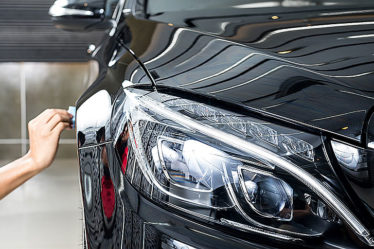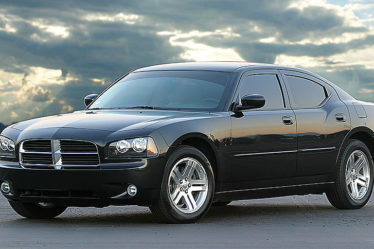
So, you’re ready to purchase a new car and you don’t want anything to change, right? You want your car to constantly seem fresh. There are a variety of solutions available on the market that may assist you to keep your car looking new. Decent car paint protection film installers can give you the best solutions available.
In this instance, you may need vehicle protection. Only by keeping your car safe against external forces that damage it, you can maintain its looks.
A simple approach to automotive bodywork protection
However, since car protection films have only been on the market for a short time, most car owners are still unaware of what they are. As a result, their definition is quite hazy.
The Car Paint Protection Film Technology
Let us first discuss the history of paint protection films to learn more about them. Car bodywork protection films originally gained popularity in the 1990s, when urethane films were offered for vehicle protection. Its technology has been consistently enhanced and polished. It is now eagerly used across the business.
What is the composition of these films?
Before you put the protective film on your new car, you would want to know where these films come from. So, first and foremost, let us discuss them. The main component of these films is urethane, which is a flexible and strong carbamate-based polymer.
It has the properties of being both transparent and lightweight, like plastic. Unlike plastic, it is not fragile and is not prone to breaking. Furthermore, it is corrosion and abrasion-resistant. Because it is flexible, it will simply revert to its former shape after being stretched.
Given its advantageous properties, this one-of-a-kind polymer is commonly employed in a variety of recreational applications. For example, urethane is also utilized in home caulk, which is subsequently used to line bathroom tiles.
More information about the installation of these films may be found here.
When these films are deployed, they are completely invisible to the human eye. Furthermore, it has no effect on the clarity of the texture of the automobile. However, you may wonder what would happen after a few years.
Problems with yellowing
When automobile protection coatings were first introduced, they began to yellow after a short period of time. This was particularly damaging to the appearance of white cars. After doing the study, the experts discovered that UV exposure induced oxidization of the glue utilized. Therefore, the yellowing effect occurred.
However, today’s technology is far more sophisticated, and if properly installed, the vehicle paint protection film will not go yellow at all.
Blisters
A faulty installation may sometimes result in the production of tiny bubbles of air under the protective coating. This is unappealing and dominates the whole mood of the vehicle. To prevent this problem, you should always use a reputable business to apply automobile protective films.
Because there are so many low-quality and scam firms out there, you should constantly read reviews before deciding on a company. For new car owners, it might be difficult to decide which companies are reliable.
After all, new car owners are not experienced enough to tell right away whether a car paint protection job is done well. So, we suggest you take help from only the best contractors out there and avoid the shady ones.
Additionally, while visiting clear car protection film installers Springfield, ensure that the firm is competent enough to answer all your inquiries. Finally, the mechanics who will work on your automobile should regard it as if it were their own. This is the only way to ensure the highest quality paint protection work.


